Hi Rapt
That's not exactly what I meant but I can see it was a bad choice of words on my part. I thought their mandate was to produce a public report on cause and comment on proposed repairs (items 1 & 2 of their scope). These repairs seem to be underway of course, and one recommendation was that the design of any repairs was peer reviewed by independent and qualified engineers, which I assume and hope someone is at least doing.
I have not seen anything at all about this, but if I were a PR guy for the designer or contractor I'd be outlining to the residents that someone is at least doing this to alleviate their concerns. Otherwise its the guys who made the mistake fixing the mistake, and well that doesn't fill me with a whole lot of warm fuzzies to be honest based on my own experiences.
The professors issued an interim report, but it basically said nothing technical apart from raising more questions to a curious engineer reading it with a view to finding out what the root causes were.
As others have said, the explanation that seems to come out of the interim report is the suggestion that people moving in caused the overload resulting the damage and failures observed. I find it interesting that something that clearly had capacity issues, with possibly less than normal serviceability loads can have some propping added and the people involved are saying its all structurally sound and no worries so people can move back in while repairs are being undertaken (maybe they are advising they don't take their furniture back, just in case!...
![[ponder] [ponder] [ponder]](/data/assets/smilies/ponder.gif)
).
I have a hard time believing that there are not more design issues throughout the structure than the areas that failed, but I'm a cynic. Too many years of doing peer reviews to know where there's one mistake, that there are generally more if you go looking.
I honestly have no idea what if any involvement the professors still have, but what I really meant was I would have thought they still owe a final report at some point that actually fully addresses the scope they were asked to report on, being:-
interim report scope said:
1. - determine the basis of the failure, what happened and how?
2. - The immediate steps that need to occur to ensure the safety of the building for its occupants
I find it interesting on a personal level as this type of thing simply isn't supposed to happen in a country like Australia given all the checks and balances and modern codes and building practices that are in place. Like degenn notes, it reflects poorly on the industry as a whole and the media/politicians at least have certainly tried to turned it into a witch hunt on the whole construction industry in AU.
I am almost certain if this was a structure I was peer reviewing that the apparent lack of confinement (which I see as being a prime contributing factor to the damage we are aware of) would have been raised as a red flag and we would have insisted on something being done about it. However in Australia as I understand it you don't have the same level (or any) independent design review like NZ does. So when a designer potentially gets it wrong, it is wrong, there is no safety net, and every now and then it goes wrong when all the holes in the Swiss cheese align.

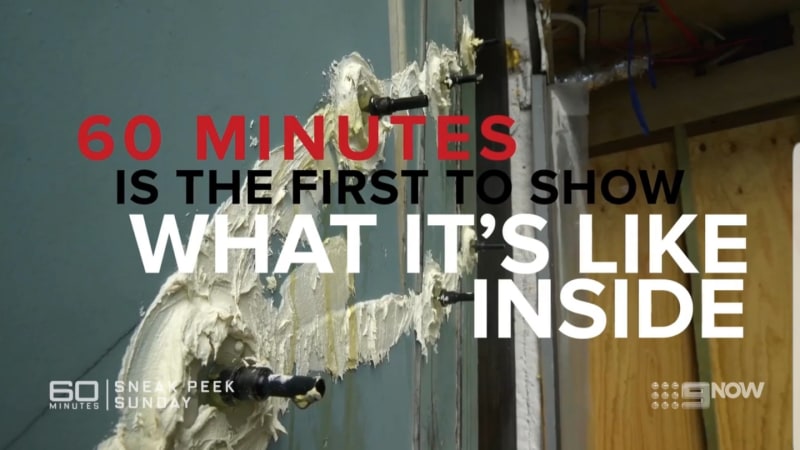
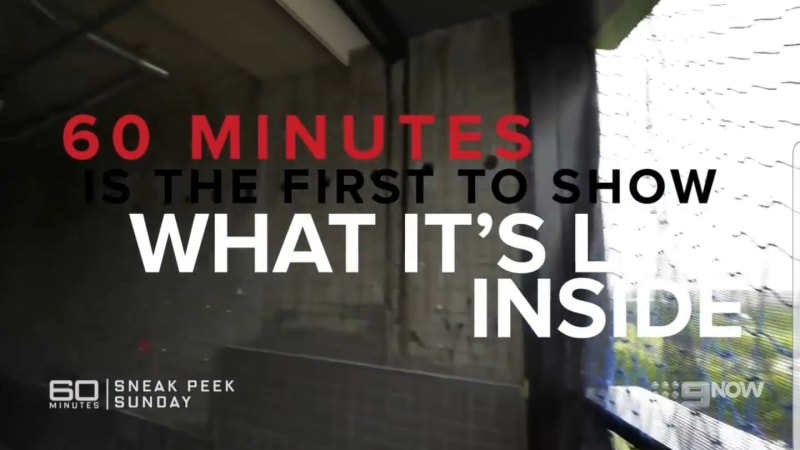
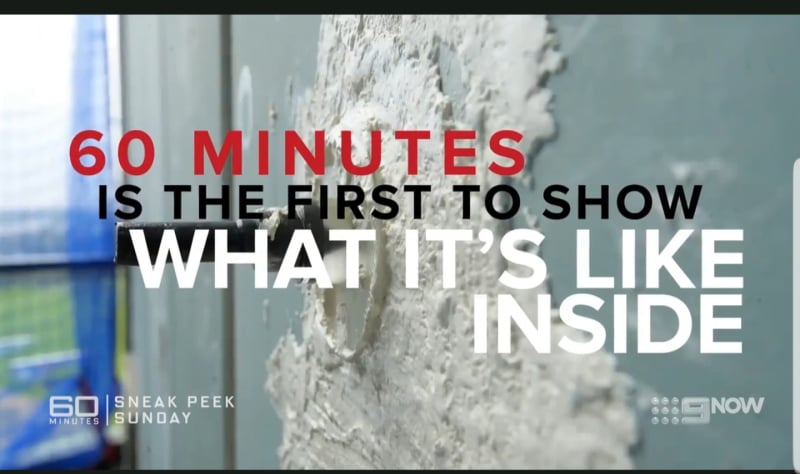
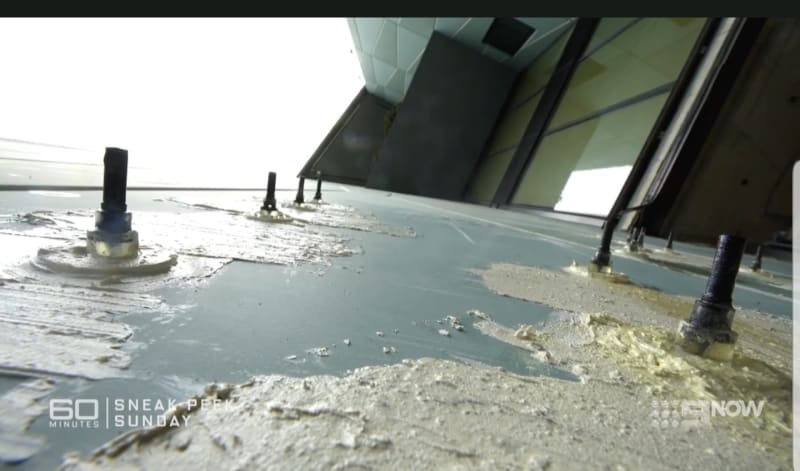
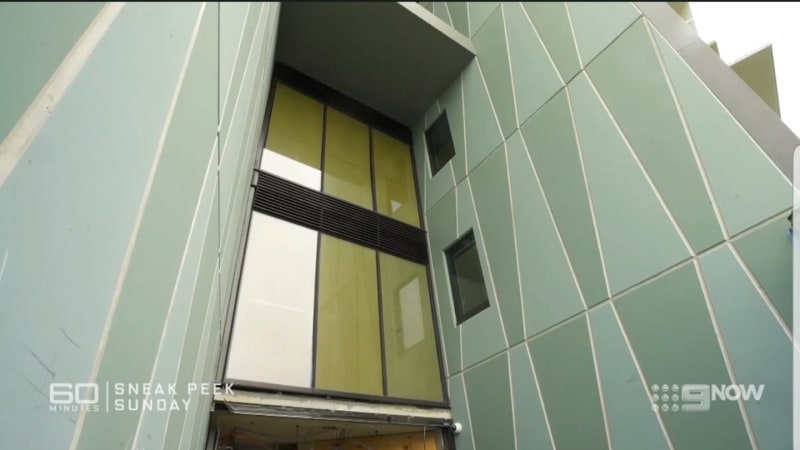
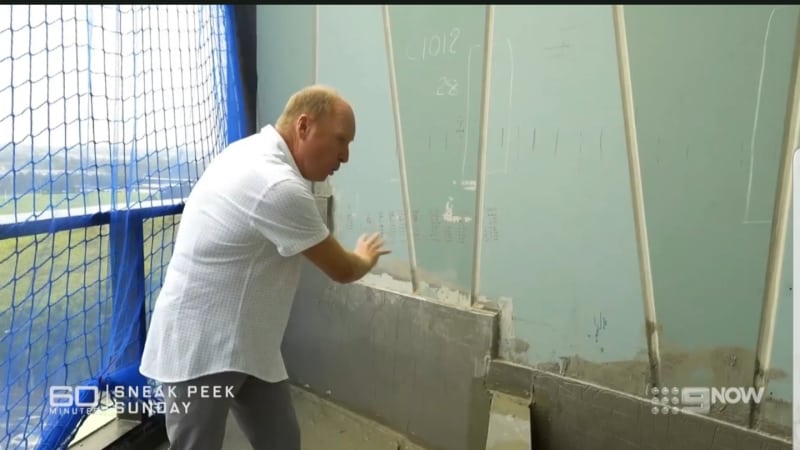
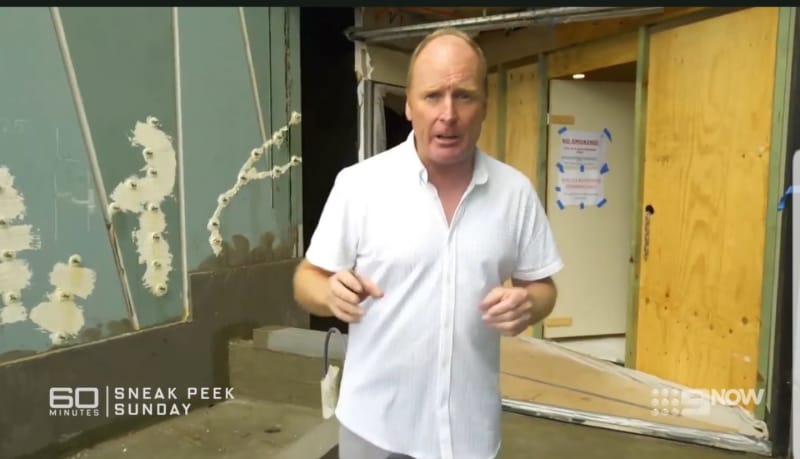
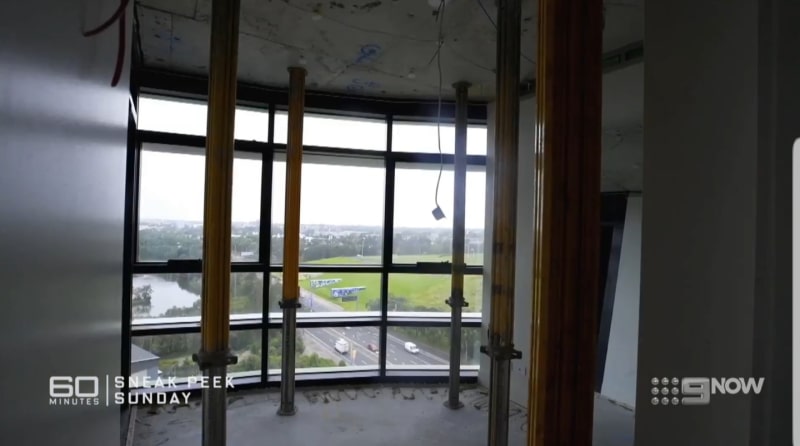
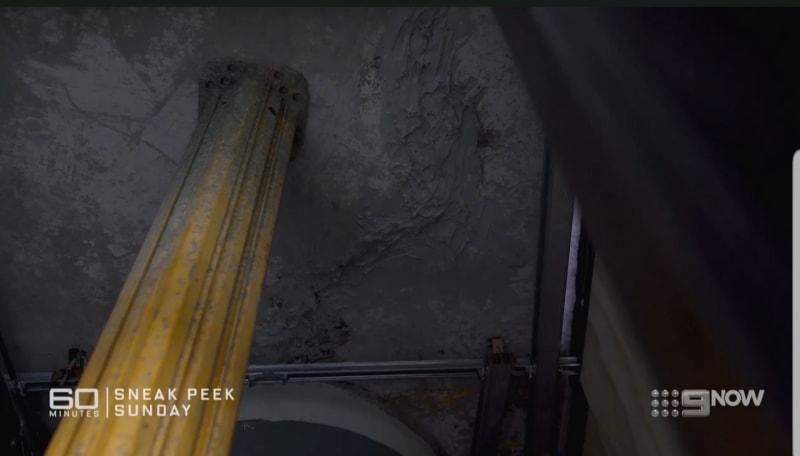
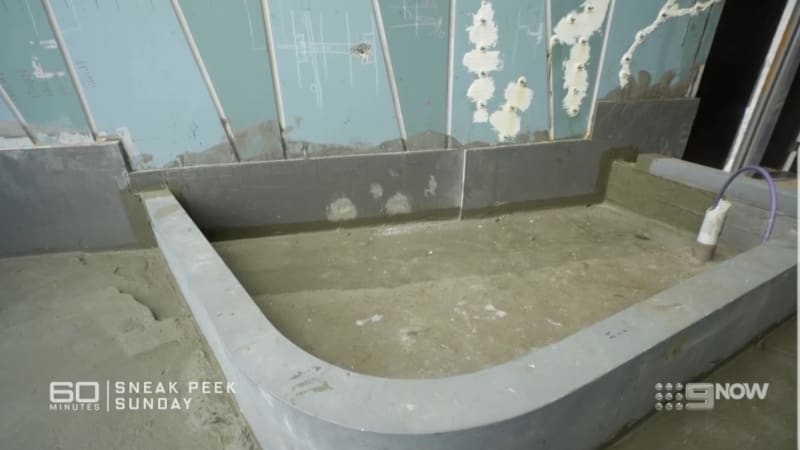
![[ponder] [ponder] [ponder]](/data/assets/smilies/ponder.gif) ).
).